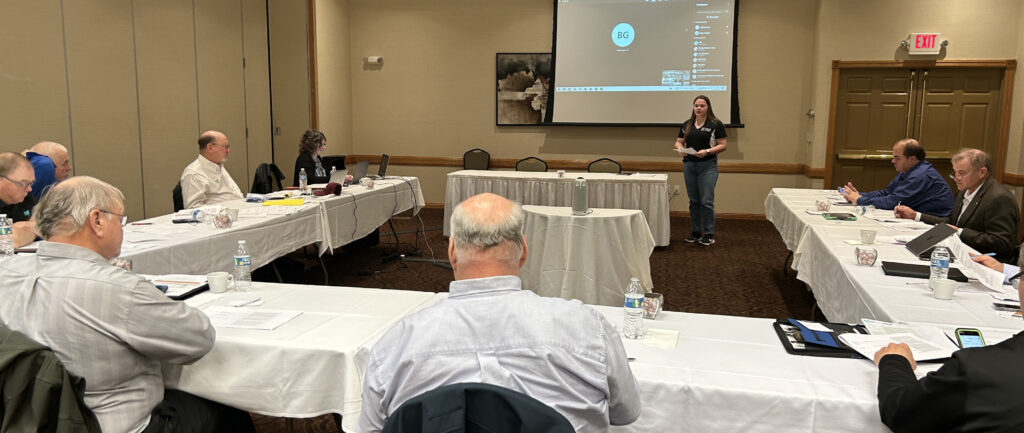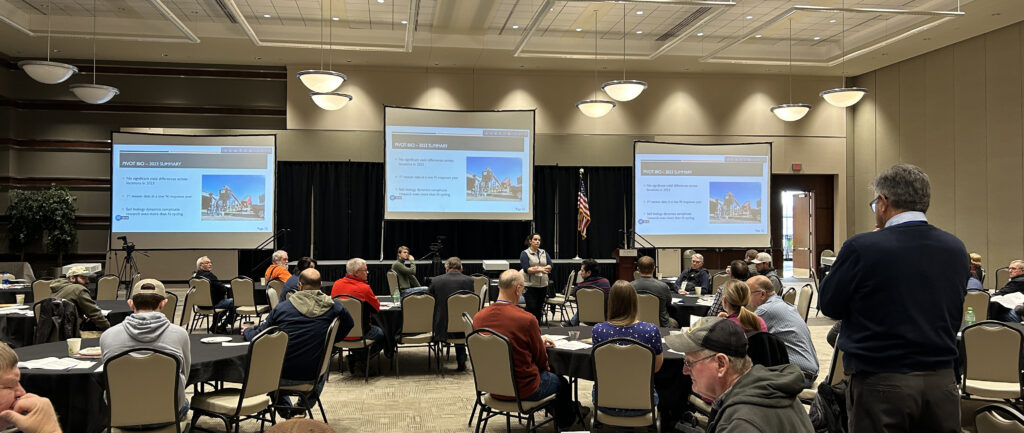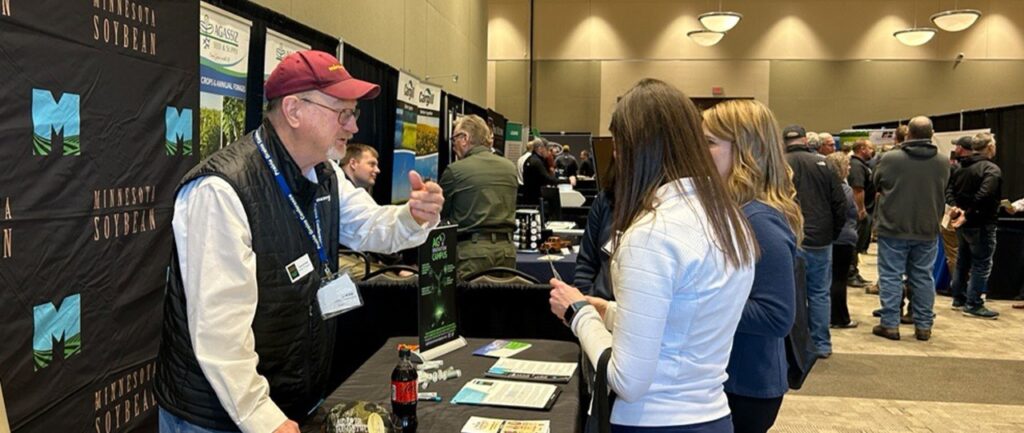Back in Texas we use to warn cotton farmers not to manage the top of the crop. Some growers would typically use windshield surveys and rapidly respond to easily viewable problems.
But they would also often ignore deeper, more important problems affecting the usually bigger, older and more economically important bolls at the bottom of the plant. A truly successful cotton farmer will climb out of the pickup, walk the fields and look at the bottom bolls.
A farmer from southern Minnesota came into my office last week, spread out his soil report and we went over the soil fertility recommendations. Much of his soil had pH lower than 5.5, obviously lower than what is commonly recommended for soybean production. Some of the fields had pH readings in the 4’s. The agronomist had recommended three options for liming materials; we discussed Effective Neutralizing Power (ENP), differences in lime, different approaches to applying lime, etc. I gave him some literature from the University of Minnesota, discussed his yield goals, his limitations with this rented field, and the economics of liming soybean ground.
We then looked over his yield map for soybeans and corn. As we examined the data, and the recommendations, a growing doubt began to nag. Something wasn’t right. I visited with him, set up a time to go walk his two problem fields and he promised to do some homework.
Soil pH is defined as the inverse log of the hydrogen ion concentration. Basically, this means as you increase hydrogen amount in the soil, soil pH decreases. Soybeans can grow in a low pH solution easily, but lowering the pH usually increases aluminum levels. Aluminum is toxic to soybeans. However, free aluminum readily reacts with phosphorus and other di (2) and tri (3) valent anions, precipitating both out of solution, essentially creating a rock.
I drove over to that same farmer’s field yesterday. We examined the soil fertility report and found much of the low pH areas were associated with high plant available phosphorus levels. Also, when overlaying the yield map over the soil pH map, low crop yield was not always associated with low soil pH. It became obvious: soil pH might be a problem, but it was not the problem.
The next step is simple: we walked the fields. He, along with his dad and I drove to the field, looked at the overall lay of the land, cussed and discussed some issues, then walked out in the field. This farmer is young and likes technology. His iPad had the yield map up and marked our location. As we walked into a red zone (low yield) we found standing water every time. It became obvious the issue at these sites was not soil pH, but water management. It may have been due to poorly draining soil, a plow pan or something else. But this year it was too much water. We made our notes, and then drove over to the second problem field.
This soybean field had highly variable yield, low pH in some areas, moderate-to-high Phosphorus (P) soil levels, low-to -high Zinc (Zn) levels. Zn and P levels were not correlated with soil pH. The field had been tiled, infiltration had not been a problem, and there was limited-to-no standing water during the cropping year. We sat in the truck and discussed the issue, then decided yet again to get our boots muddy.
As we walked the field, we used the iPad. High yielding areas were typified by adequate stems (at least 1 per inch of row), decent crop residue cover (less than 5 percent bare ground showing) and good-looking stems. About 3/4 up the hill, we looked at the map and the land. It became clear the low yielding areas were the most highly-eroded areas of the field, with lower stem numbers, more open ground and less crop residue.
Again, pH might be a problem, but it wasn’t the problem. They will have to try and decipher the issues. Is it a compaction problem, or would it be better to put in properly placed terraces? They won’t, however, be spending $100/acre on lime, at least not this year.
What is the moral of my little story? The obvious answers are not always the correct ones. At the end of the day, you still have to get out of the truck, look at the bottom bolls and make effective decisions.
Tags: soil health






